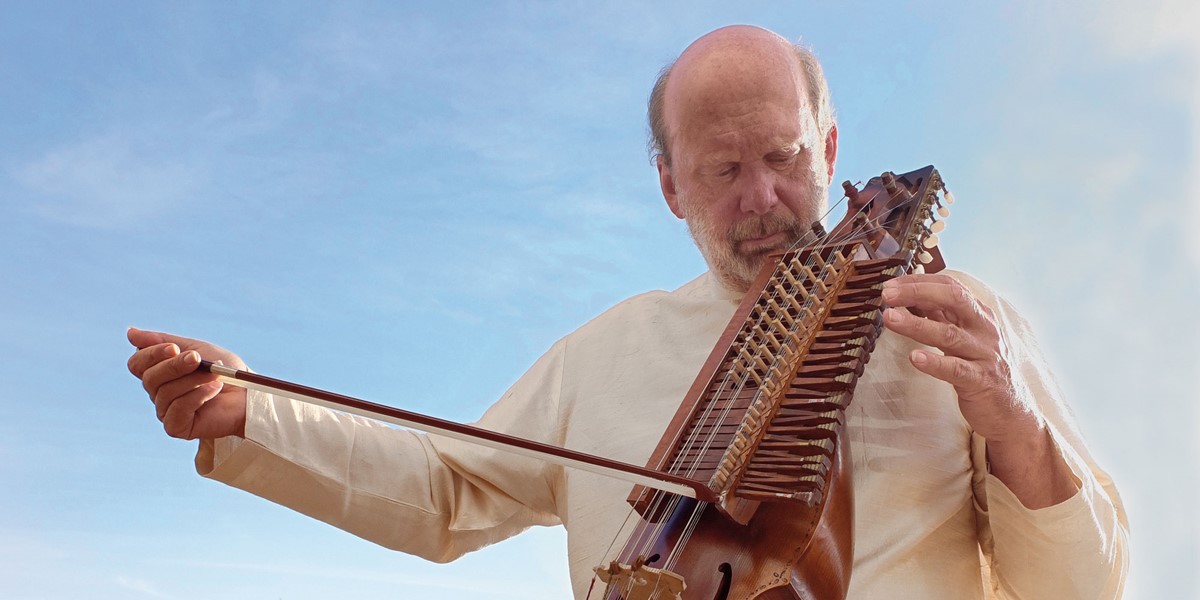Tuesday, November 19, 2019
Stephan Micus: A Beginner's Guide
The polymath German instrumentalist has an impressive back catalogue. Simon Broughton examines his wealth of recordings to date

Stephan Micus (photo: Rene Dalpra)

Register now to continue reading

Thanks for visiting the Songlines website, your guide to an extraordinary world of music and culture. Sign up for a free account now to enjoy:
- Free access to 2 subscriber-only articles and album reviews every month
- Unlimited access to our news and awards pages
- Our regular email newsletters

